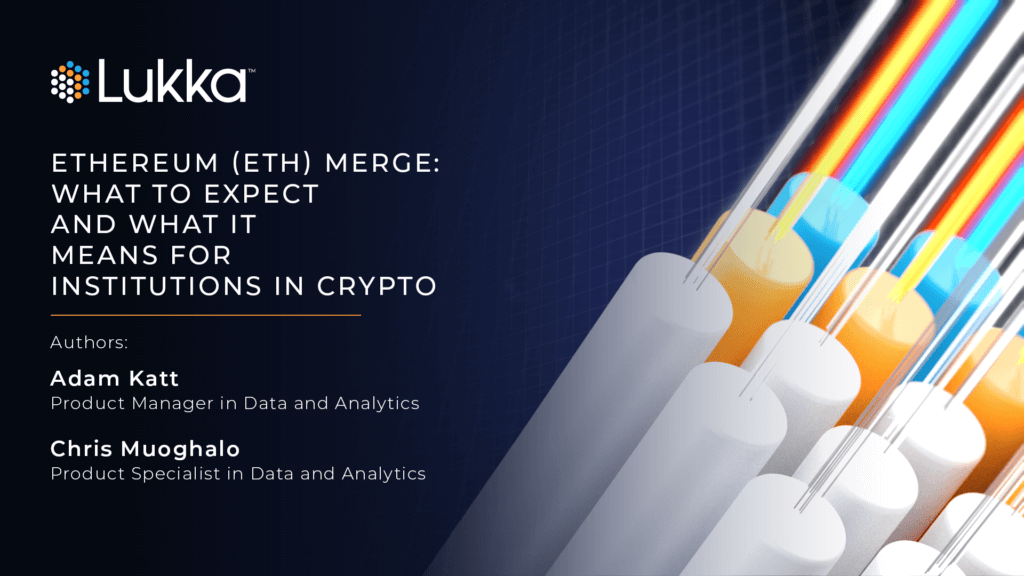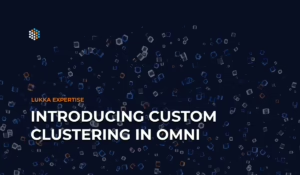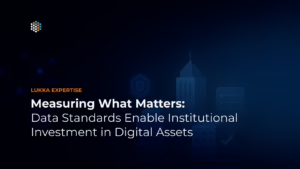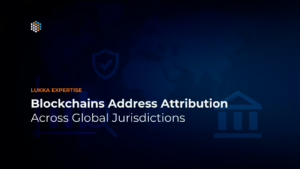Authors: Adam Katt, Data Product Manager and Chris Muoghalo, Data Product Specialist
What is the Ethereum Merge and Why the Transition?
The Ethereum merge is a long-awaited upgrade seeking to make the Ethereum network more scalable and energy efficient.
Now that the Merge is complete, Ethereum’s proof-of-work (PoW) consensus mechanism is replaced by a proof-of-stake (PoS) consensus mechanism. Proof-of-stake takes up significantly fewer resources than proof-of-work, making it more sustainable, among providing several other benefits
To combat scalability issues the upgrade integrates the two current existing chains: the execution layer and the consensus layer. The Ethereum mainnet (the PoW chain) and the Beacon Chain (PoS chain) used to operate in parallel to one another. The Bellatrix update, completed on September 6th, ensured that validators are producing updated Beacon Chain blocks ahead of the Merge.
When did the Ethereum Merge Happen?
The second and final stage of the update, Paris, was completed early in the morning on September 15th. Although the Merge has had a bumpy rollout over the past year, extensive testing on public testnets and bug bounties were undertaken to ensure a safe transition to proof-of-stake.
What Does the Merge Mean for Institutions?
The first question on many institutional users’ minds is how the Merge will impact pricing and volatility. This is a major concern, and based on possible outcomes of the Ethereum 2.0 rollout, there could be crucial pricing implications for ETH and the entire market. However, institutions looking to participate in the market now that Paris is implemented would be wise to prepare for other roadblocks. As we saw with the LUNA plunge and subsequent hard fork, significant events in the crypto space can introduce enormous challenges to trading activities, data operations, reporting, and compliance.
Potential Fork following the Merge
Impact on trading, for example, is not limited to price actions around ETH. As exemplified in July 2016, when Ethereum and Ethereum Classic forked from one another, the market could potentially see a brand new asset launched. If a segment of the market puts support behind a “new” proof-of-work asset, exchanges will scramble to determine whether they should list it for trading. Some have announced their support in advance; others will perform due diligence in real-time. Traders will have to quickly integrate information for the new asset into their data stacks. Consumers, like index providers, will have to determine how it will fit into their compliance frameworks. Additionally, tokenized assets in the Ethereum ecosystem (of which there are tens of thousands) may choose to move operations to either chain in the case of a split. The need for data standardization and reliable information on asset characteristics will be critical in this case.
The confusion doesn’t end with a potential ETH contender. Many venues have already listed new financial instruments related to the event, such as the “potential forked” ETH tokens listed on Poloniex, which allow traders to swap their existing ETH into IOU assets. Per the Poloniex announcement:
“ETHS (ETH2, Ethereum PoS) represents the token for the new PoS (proof-of-stake) chain, and
ETHW (ETH1, Ethereum PoW) represents the token for the PoW (proof-of-work) chain that will potentially continue to exist” in the event of a contentious hard fork.
However, neither of these assets are a continuous representation of the Ethereum currently known to the market – the ticker conventions presented by the exchange may change based on the event. ETHW here is more of a placeholder, it does not carry the characteristics of potential new proof-of-work ETH assets, which will have to be evaluated by all market participants if and when the new assets enter the market. This is also just one venue – Lukka has identified over 50 trading venues that have announced operational changes related to the event.
Ethereum 2.0
For traders looking to navigate new tokens, advanced futures instruments, and ticker updates quickly, the release of Ethereum 2.0 introduces many possibilities for errors and missed opportunities due to operational downtime. Institutions looking to integrate new asset information introduced by the event or handle reporting on financial activities post-Merge will require significant resources and expertise to standardize all of the data changes presented by the market. There are also new research factors to consider for participants interested in environmental, social, and governance (ESG) criteria in the crypto space, such as how the shift to proof-of-stake impacts the environmental footprint of Ethereum and how that might compare to a forked proof-of-work version. To handle these challenges and questions, it is recommended that institutions work with a trusted data provider to timeline events, standardize historical data, and streamline operations.
To be clear, we are very supportive of this upgrade and the benefits are incredible. However, an understanding of any of the resulting complications are important for all institutions to be familiar with as they manage the risks associated with the Merge.
About Lukka
Founded in 2014, Lukka serves the most risk mature businesses in the world with institutional data and software solutions. Lukka bridges the gap between the complexities of blockchain data and traditional business needs. Its customers include both Traditional and Crypto Asset Exchanges and Trading desks, CPA & Accounting Firms, Fund and Financial Auditors, Fund Administrators, Miners, Protocols, individuals, and any other businesses interacting with crypto assets. All of Lukka’s products are created with institutional standards, such as AICPA SOC Controls, which focus on accuracy and completeness. Lukka is a global company headquartered in the United States.
For information about Lukka, visit https://lukka.tech/



